After months of relentless warfare, shattered cities, and diplomatic deadlock, Israel and Hamas have agreed to the first phase of a comprehensive ceasefire deal that could mark a turning point in one of the most devastating conflicts of the century.
The deal—described by mediators as a “structured roadmap” toward ending the Gaza war—signals the strongest move yet toward halting hostilities that have left tens of thousands dead and displaced millions. Yet, beneath the cautious optimism, both sides remain wary, and many fear the truce could unravel before it takes root.
A Long-Awaited Pause in the Violence
Under the agreement’s initial terms, all active combat operations will pause immediately, with Israeli forces expected to withdraw from key urban centers inside Gaza. In exchange, Hamas has agreed to release all remaining Israeli hostages, including both civilians and soldiers, in a series of staggered handovers.
Israel, in turn, will release thousands of Palestinian prisoners, many detained during the recent military operations. The exchange process is expected to unfold over several weeks, monitored by international observers.
Officials familiar with the negotiations say the deal was painstakingly structured to build mutual confidence through a sequence of verifiable steps—each unlocking the next phase.
A Diplomatic Breakthrough Months in the Making
This agreement did not emerge overnight. It is the culmination of months of indirect talks, involving an array of intermediaries from Washington, Doha, Cairo, and Ankara.
American diplomats played a central role in the final negotiations, pressing both sides to accept compromises that neither would have considered just weeks ago. The United States reportedly assured Israel of continued security coordination, while also promising major humanitarian investments in Gaza once the ceasefire stabilizes.
Egypt and Qatar, meanwhile, were instrumental in relaying messages to Hamas’s political leadership. Their involvement ensured the group’s willingness to engage seriously after months of resistance and internal divisions.
Mixed Reactions Across the Region
News of the ceasefire sparked scenes of jubilation and disbelief throughout the region. In Gaza, weary residents poured into the streets, waving flags and chanting for peace. Children played amid rubble as aid convoys began preparing to move in. For many families, it was the first glimmer of hope in nearly two years.
In Israel, the reaction was more complex. Families of hostages wept in relief, but nationalist factions and right-wing politicians voiced outrage over the scale of the planned prisoner release. Some Israeli officials warned that freeing militants involved in deadly attacks could undermine long-term security.
Still, Prime Minister Benjamin Netanyahu defended the deal, calling it “a necessary step toward the safe return of our people and the restoration of quiet to Israel’s borders.”
Hamas leaders described the agreement as a “victory of resistance,” insisting it would not mark the end of their political struggle. Yet, the group acknowledged that the war’s humanitarian toll and economic devastation had made a truce inevitable.
The Humanitarian Imperative
The Gaza Strip remains on the brink of collapse. After nearly two years of blockade and bombardment, the region’s infrastructure has been reduced to ruins. Hospitals are overcrowded, power and water systems have failed, and entire neighborhoods lie flattened.
Aid agencies warn that over 80% of Gaza’s population now depends on humanitarian assistance. The ceasefire could allow the entry of desperately needed food, medicine, and fuel. International organizations are preparing large-scale reconstruction plans, though most depend on sustained peace to proceed.
Human rights advocates are urging both sides to guarantee safe corridors for civilians and to prevent renewed violence during the transition period.
Obstacles on the Road Ahead
Despite global optimism, the ceasefire faces serious challenges. The agreement’s implementation hinges on deep mutual distrust. Each side has accused the other of violating previous truces, and extremist elements within both camps could attempt to derail the process.
There are also unanswered political questions. Who will govern Gaza once Israeli forces withdraw? How will Hamas’s military capabilities be handled? What role will the Palestinian Authority or international peacekeepers play in post-war administration?
Some Israeli officials advocate for a multinational stabilization force to secure border areas, while Hamas insists on maintaining local control. Both sides remain sharply divided on long-term sovereignty and demilitarization.
International Response
World leaders hailed the ceasefire as a long-overdue step toward peace. The United Nations Secretary-General called it “a moment of fragile hope,” urging all parties to honor their commitments. European Union officials pledged immediate humanitarian funding, while regional powers promised to facilitate reconstruction and monitoring.
In Washington, President Donald Trump announced the deal as “a breakthrough that brings us closer to ending decades of suffering,” crediting American diplomacy for bridging historic divides. Critics, however, cautioned that the deal’s success will depend on sustained engagement, not symbolic gestures.
China and Russia also welcomed the truce, emphasizing the need for a broader international framework to ensure its durability.
A Region Holding Its Breath
For many in Gaza and southern Israel, the guns falling silent—even temporarily—feels surreal. The echoes of airstrikes and artillery have been replaced by an uneasy calm. People are venturing out, searching for lost relatives, clearing debris, and praying the ceasefire will hold.
The memories of past collapses loom large. Previous truces often lasted weeks or even days before disintegrating. Yet this time, the scale of destruction and exhaustion on both sides could strengthen the will to preserve peace.
Diplomats describe this moment as a “humanitarian pause with political potential.” If managed wisely, it could pave the way for a broader peace settlement involving regional normalization and economic recovery.
The Path Forward
The coming weeks will test whether the ceasefire can evolve into something more lasting. The success of prisoner and hostage exchanges, the restoration of aid corridors, and the behavior of armed factions will all serve as early indicators.
Analysts caution that sustainable peace will require more than temporary calm—it demands a political vision addressing Gaza’s governance, Israel’s security concerns, and the legitimate aspirations of Palestinians for sovereignty and dignity.
As night falls over Gaza City and Tel Aviv alike, families on both sides are daring to hope that this fragile agreement might finally end their years of despair. But hope alone will not secure peace. What happens next depends on courage, compromise, and the will to turn a ceasefire into a genuine future.

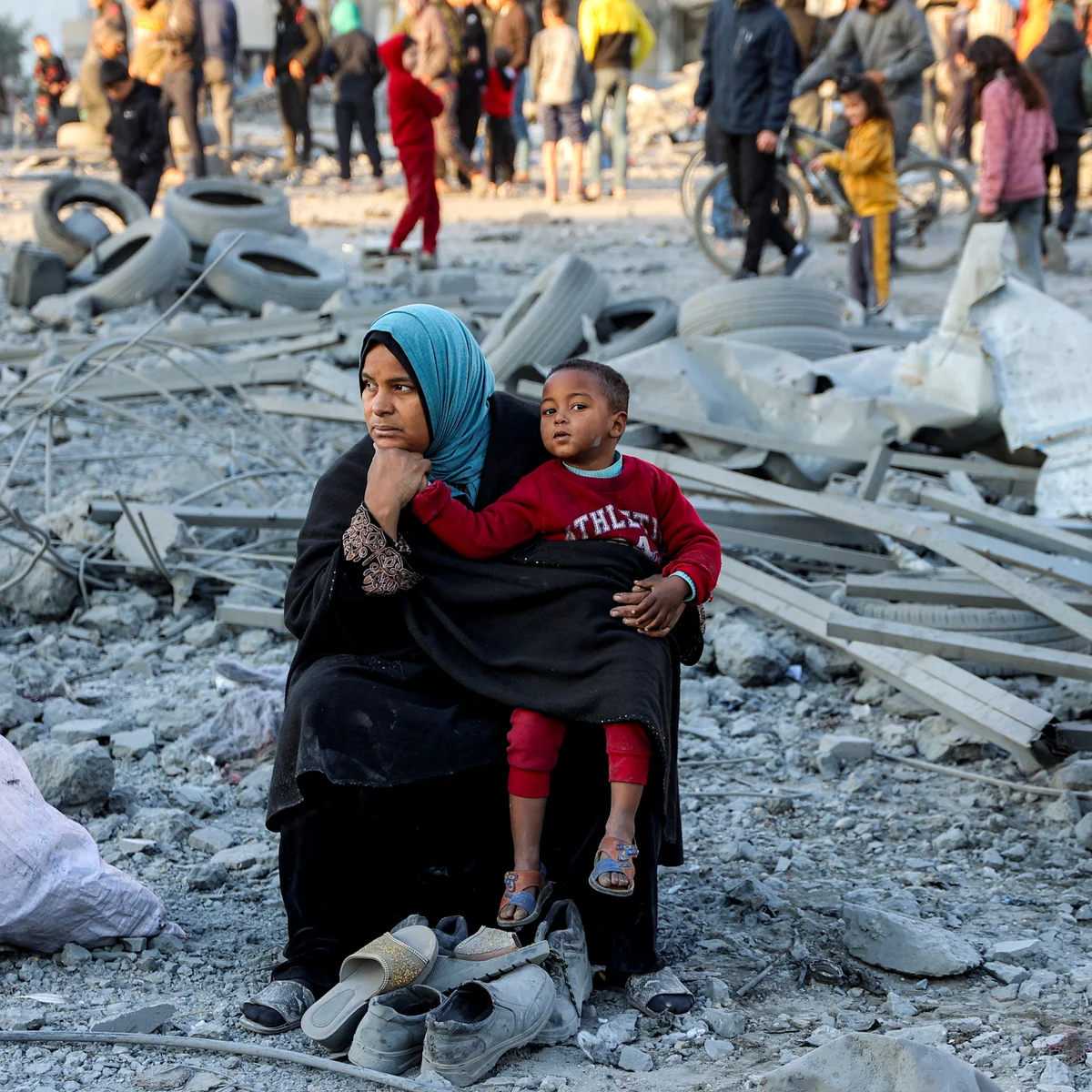





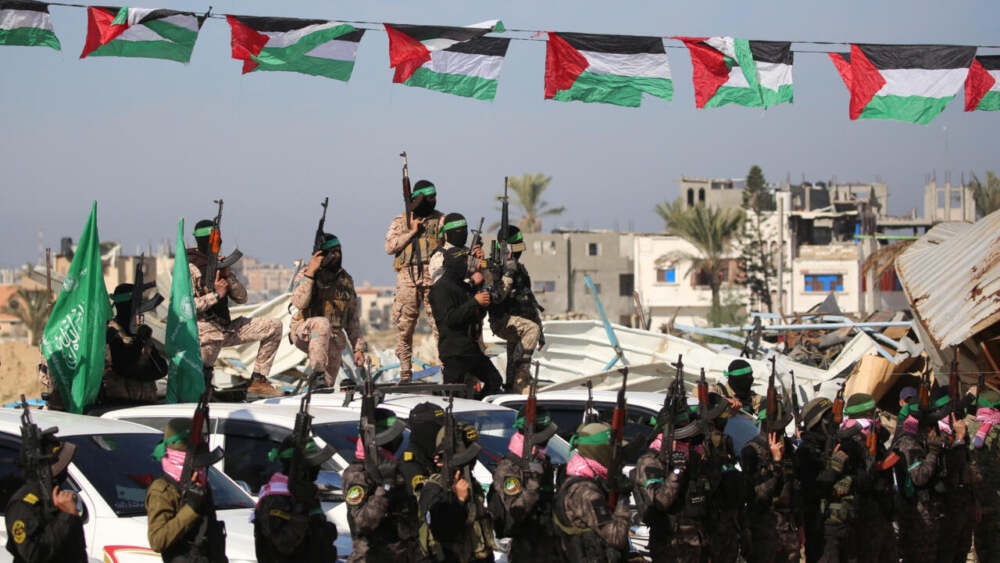
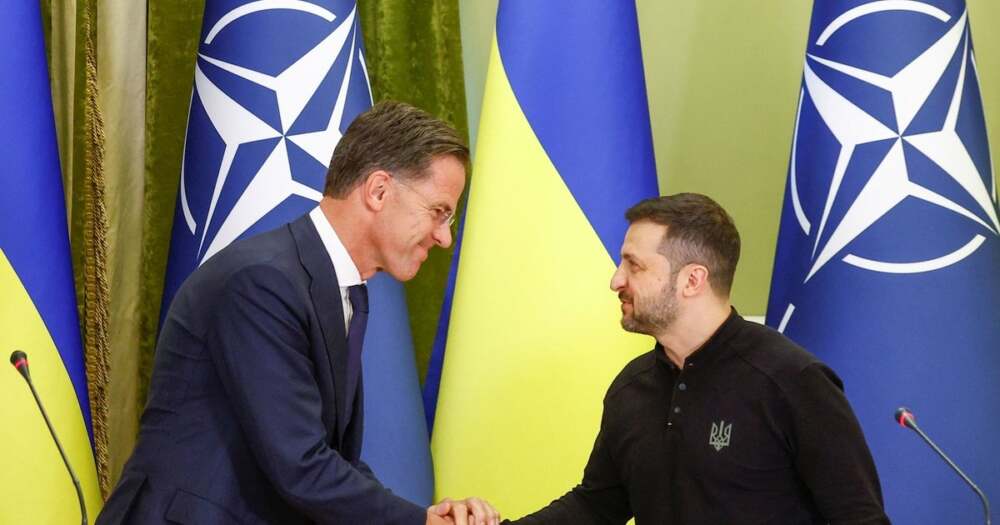
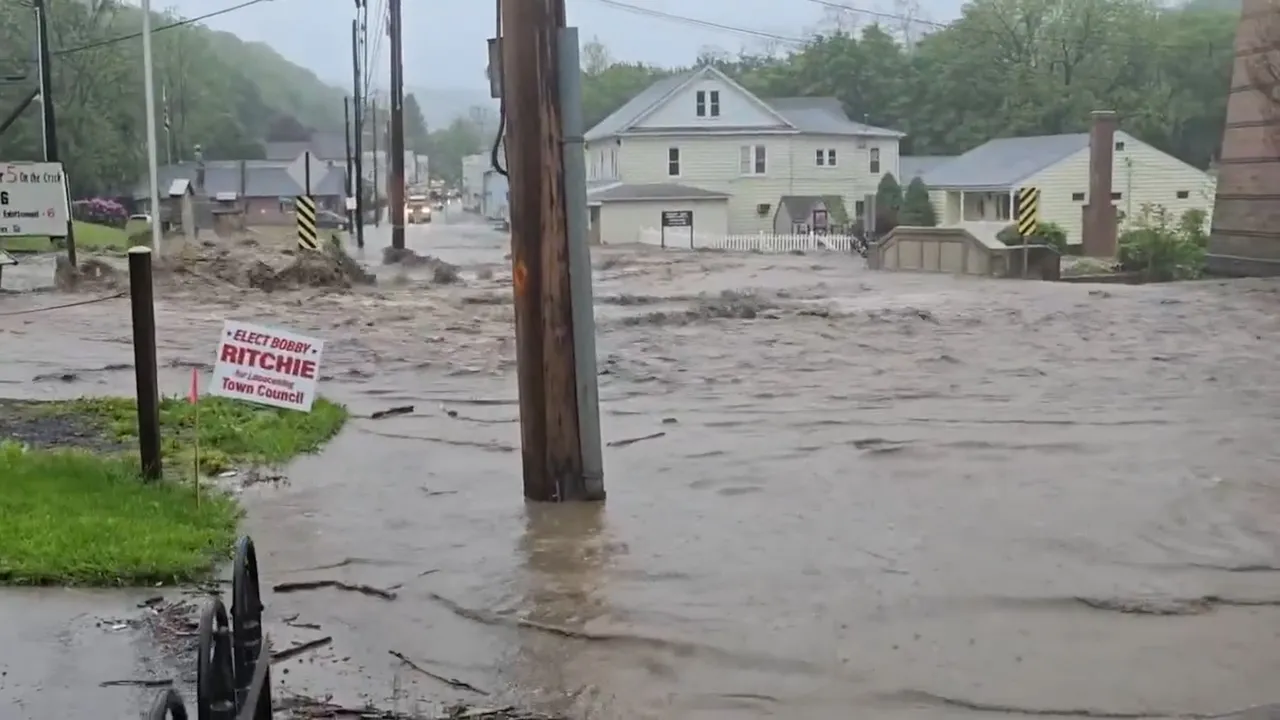
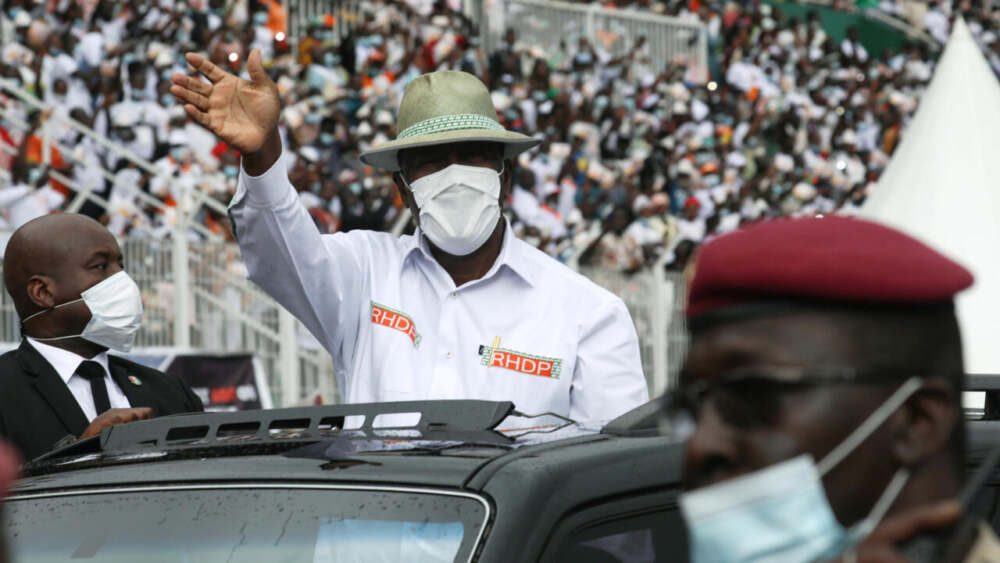
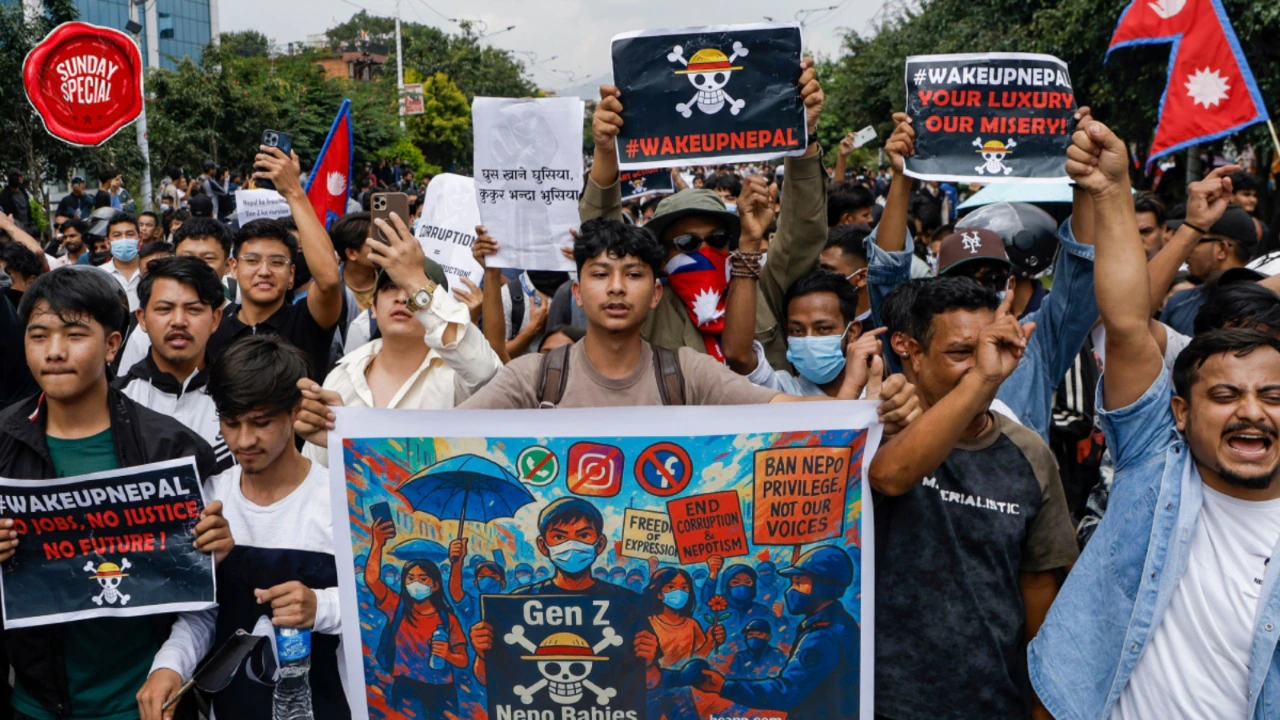




Leave a Reply